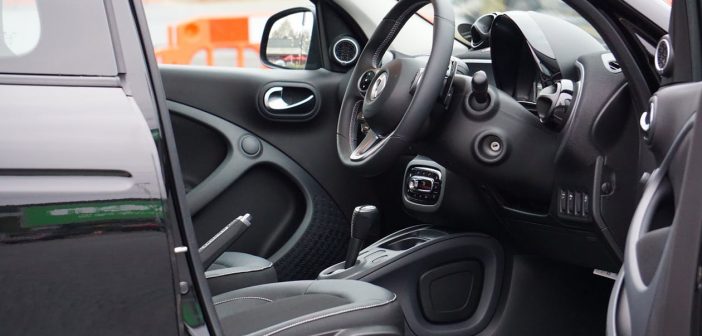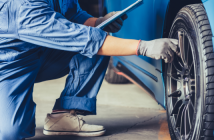Buying a used car can definitely be intimidating with many facets to navigate, from the bonus claims and hidden mechanical issues to price gouging, warranty programs, and deceit. Want to walk away from a used car purchase with a solid car at a fair price? Here are important and overlooked tips for buying your next used car.

#1. Take a real test drive
Many people only test drive a car for about five miles and stick with surface streets. This is a mistake. The car will only reach peak operating temperature after 10-15 miles so you need to see how the vehicle reacts once everything is hot. The transmission especially behaves differently once it’s being operated hot. It’s also a good idea to hop on the highway as the transmission may slip at high speeds but not at 45-50. Driving on the highway can reveal other issues with engine overheating, vibrations, and the drive train.
#2. Don’t rely on dealer financing
Working with the dealership’s financing department can be a nightmare in more ways than one. By relying on dealer financing, you won’t know if you are getting the best rate and terms. There’s also a good chance you will be pressured to buy other services or products like paint sealant and rust proofing that will increase your monthly payment and interest charges and make you even more upside-down on your car loan. Shop for financing before you shop for a used car and only take dealership financing if it’s the best deal for you.

#3. Explore your options
Used car dealerships aren’t the only way to buy a used car; don’t overlook your other options. You can check online listings AutoTrader.com, Craigslist, and Cars.com to find cars for sale across the country. You can even attend local car auctions. This option usually doesn’t allow you to do a pre-purchase inspection but you can save thousands.
#4. Get the car inspected
Don’t rely on a used car being “certified,” which is a way for the used car industry to increase demand and overvalue used cars. Buying a certified pre-owned vehicle can add hundreds or even thousands to the price of the car, increasing the profit for dealers. Take the car to a local repair shop that does diagnostic work before you finalize a deal. This should be done whether you buy from a private seller or a dealership. You can expect to pay around $100 for a thorough diagnostic, but the cost is worth it if you’re interest in the car.
#5. Read the used car guide sticker
Dealers are required to display used cars with a window sticker or “Buyers Guide.” This sticker reveals plenty of important information, including whether the car is sold as-is with no warranty or if a warranty is included. If it has a warranty, it will outline terms and conditions. The Buyers Guide always comes before any contract you sign with the dealership. Remember that the dealer’s sticker price is just where he wants to start negotiation; there is plenty of room to negotiate and have both parties walk away happy. Be sure you research the value of the car (cars) you’re interested in buying to walk into negotiations with knowledge. Don’t simply ask “how much lower can you go?” and expect to save much.
#6. Don’t buy a car based on the monthly payment
So many people make the mistake of concentrating on the monthly car payment rather than the total cost of the vehicle. Car loans are usually three to five years but can be as long as seven years. The longer your loan term, the lower your monthly payment — but it comes at a cost of thousands extra in interest charges. It’s easy to negotiate the monthly payment to fit your budget and still spend way more than you want to.
#7. Get the vehicle’s history report
Before finalizing the sale, be sure you check the car’s complete vehicle history report to find out if it’s been in an accident, suffered serious flood damage, has a clear title, and more.







